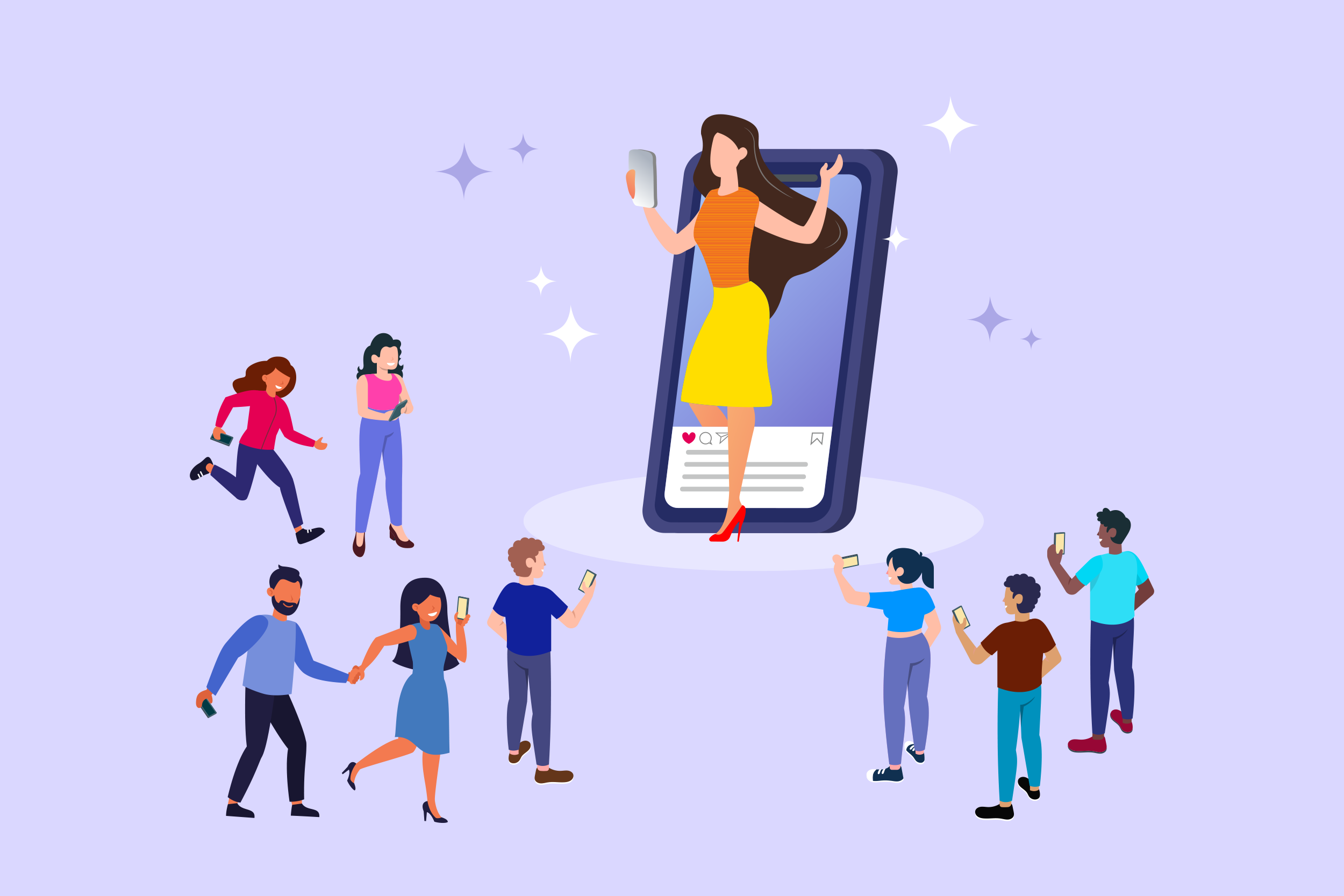

The Rise of Micro-Influencers

Move over A-listers — the influencing power has shifted to micro-influencers.
For the longest time, hiring a well-known figure as a brand ambassador was the way to go — they have name recognition, star power, and a huge following. With the rise of social media, however, comes the proliferation of micro-influencers who might just upset the traditional order of things.
With a niche focus, be it fashion and beauty, food and cooking, travel or others, these micro-influencers often have a following that falls within the 1,000 to 1,000,000 range. They might seem small when compared to the reach of A-listers like Kylie Jenner or Cristiano Ronaldo, but don’t underestimate the power of their dedicated following.
Why Micro Influencers are Effective
Relatability
Micro-influencers are seen as a more approachable ordinary person who lives a normal life like the rest of us, different from Hollywood celebrities who may seem remote, glamorous, and out of touch.
As a result, the influencer comes off as more relatable, authentic, and trustworthy than celebrities. Followers often view the micro-influencer as equals — essentially part of their peer group.
84% of consumers say they trust recommendations from influencers over advertising. This sentiment is especially true for millennials and Generation Z. Therefore, collaborating with micro-influencers can be the right path to take in your marketing strategy, considering the high level of skepticism towards celebrities.
Even though micro-influencers can effectively reach your audience, it is crucial to do your research beforehand. Make sure the potential influencers have your target audience as their followers and that they share similar preferences and interests. This can be done through keyword or hashtag research.
Higher engagement and conversion rate
Due to a smaller following, micro-influencers have time to engage and connect with their audience personally — adding to their reliability and trustworthiness in the process — and hence a higher engagement rate. This is in contrast with celebrities, where it is not uncommon for their social media to be run by a publicist or a PR company.
In fact, those who have 1,000 followers generated 85% higher engagement than those having 100,000 followers. It can be said that engagement rates tend to decrease as the number of followers grows. Speaking of engagement rate, it often comes hand in hand with conversion rate – the higher the engagement rate, the higher the conversion rate will likely be.
To ensure high engagement, create a relatable story that your audience can connect with. Show how your product is beneficial to the influencer in their everyday lives instead of listing features and specifications. This content can either be branded (promoting your brand) or influencer-created.
If you give the influencer the freedom to create their own content, remember to provide them with guidelines to align with your brand.
Affordability
Did you know that Kylie Jenner is paid $1.2 million for a single Instagram post? While major corporations may have that kind of dough to spend, most businesses do not. Here is where micro-influencers come to the rescue. Yes, it all comes down to the number of followers and engagement rate, but on average, the rates hover around $500-$5,000 per post for those with 100,000 followers.
With more money at your disposal in the case of working with micro-influencers, you could even work with a group of them so that your target audience widely sees your campaign/brand.
Brands that found success with micro-influencers
La Croix
The sparkling water company has steered clear of traditional advertising through television advertisements, opting to work with micro-influencers. This strategy is to appeal to the millennials and Generation Z, and it has worked — they have doubled their profits in two years.
Their campaigns utilise their Instagram page, where they feature photos of micro-influencers displaying their product through their branded hashtag #LiveLaCroix. One campaign involved asking influencers to share their favourite beverages mixed with La Croix. By doing so, it shows that the brand has become a part of their daily lives or routine.
Hawaii Department of Tourism
Through its #LetHawaiiHappen Instagram campaign, Hawaii’s Department of Tourism engaged with micro-influencers to promote and highlight Hawaii’s scenery and activities — encouraging their followers to visit Hawaii. Influencers that were approached included Jordan Herschel and former Miss Hawaii, Emma Wo.
The result? 65% of people who saw the campaign say they plan to visit the Hawaiian Islands — proving the effectiveness of micro-influencers.
As audiences and media become more segmented, micro-influencers are here to stay, and could even be a better marketing strategy for your brand than traditional approaches, especially if you are connecting with a younger audience.
Looking for the right social media strategy for your brand? Contact our CEO Simon Kearney at [email protected] today!
Read more from Click2View:
- Why your website needs to have case studies
- This is why you should start making infographics.
- Evergreen content will help brands stay relevant.
Sign up to our newsletter for a weekly update on the latest content marketing news. Don’t forget to subscribe to our YouTube channel too!
Click2View is Southeast Asia’s premiere full-service independent B2B content marketing agency servicing clients like Microsoft, Google, Visa, Prudential, and the Lee Kuan Yew School of Public Policy.








